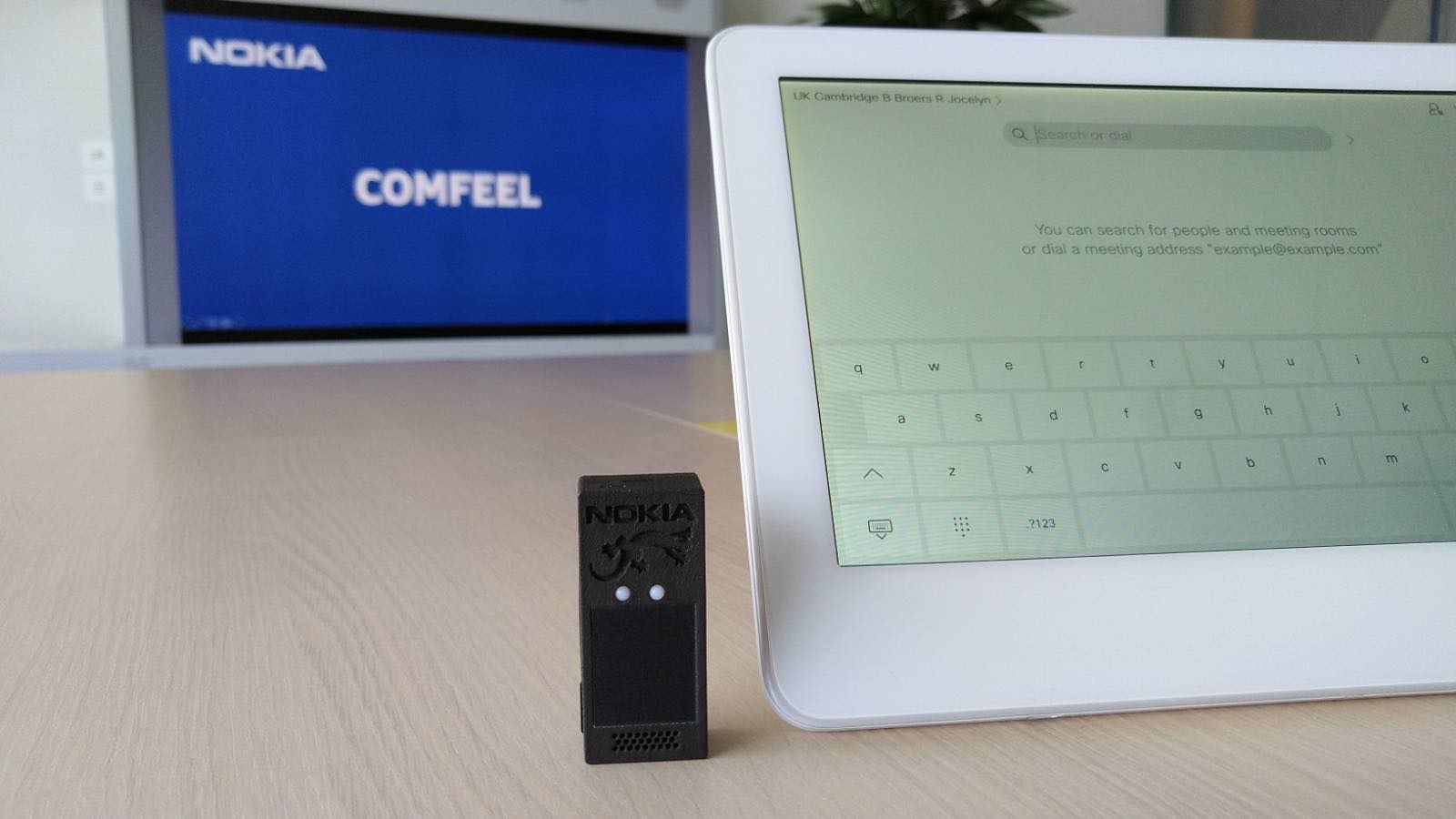Clean indoor air makes our meetings more productive

Many of us have struggled to pay attention in stuffy meeting rooms - due not solely to boredom but also to bad air. In the 1970s, the problem of "sick building syndrome" was first identified. Occupants experienced symptoms such as fatigue, itchy eyes, and headaches, and these symptoms were most likely caused by exposure to contaminated air. As a result, in the late 1990s, “green building standards” were introduced to reduce toxic materials in offices, but these standards, in focusing on making construction more sustainable, overlooked the role of indoor air quality. That was largely because, back then, the only way to assess indoor air quality was to hire expensive consulting firms.
When the COVID-19 pandemic recently hit, indoor air quality suddenly received considerable attention, and the sales of monitoring devices have considerably increased. Yet, still nowadays, these devices are neither multi-purpose (they typically measure just CO2) nor cheap (CO2 monitors still cost a couple of hundred dollars).
Nokia Bell Labs researchers want to change that. As they reported in a research article in the prestigious journal of ACM Ubicomp this week, the researchers developed miniaturized devices, called Geckos, which are fitted with cheap-to-produce sensors capturing light, temperature, and the presence of a broad range of gases such as volatile organic compounds (VOCs). Since several studies have shown that the indoor environment can affect people's cognitive abilities, with these devices at hand, the researchers set out to answer a key question: to which extent air quality alone determines whether a meeting is perceived to be productive or not?
To answer that question, they had to control for factors associated with meeting productivity. They designed a 28-question survey and administered it to 363 individuals whose answers were then statistically analyzed. It turns out that the best factor capturing meeting productivity was whether participants ultimately “got things done” - more specifically, whether the meeting had a clear purpose, structure, and resulted in actionable items. They also found that two hitherto overlooked aspects influenced the perception of productivity: whether participants experienced both psychological safety and physical comfort. To capture meeting productivity and psychological safety, the researchers designed an app that, at the end of each meeting, asked each participant: 1) whether the meeting had a clear purpose and structure, and resulted in a list of actionable points; and 2) whether each participant felt listened to and was motivated to contribute. To then capture physical comfort, the researchers created an indoor environmental sensing infrastructure called Comfeel. This infrastructure integrated the app and Geckos with new algorithms to determine room pleasantness.
To then explore their research question in the real world, the scientists deployed Comfeel in a major company, and gathered data from 29 meetings in different rooms. As one expects, productive meetings were those in which participants felt safe to contribute: the probability of a meeting being productive increased by 35% for each standard deviation increase in psychological safety. Surprisingly, the results for air quality were dramatic too. The productivity probability increased by as much as 25% for each standard deviation increase in room pleasantness. Furthermore, among all the sensors, the air quality one was the most important: indeed, room pleasantness was achieved through improved temperature (with a relative contribution of 25%), lighting (30%), and air quality (45%).
These results suggest that, if a meeting takes place in a stuffy conference room, even if it is run well, people will still struggle to pay attention. To fix that, one just needs to do a handful of things: this research suggests that simply adjusting ventilation, lighting, temperature, and humidity could increase a meeting's productivity by a considerable extent. The good news is that future indoor environmental sensing infrastructures like Comfeel will make these adjustments automatic without requiring any human intervention.